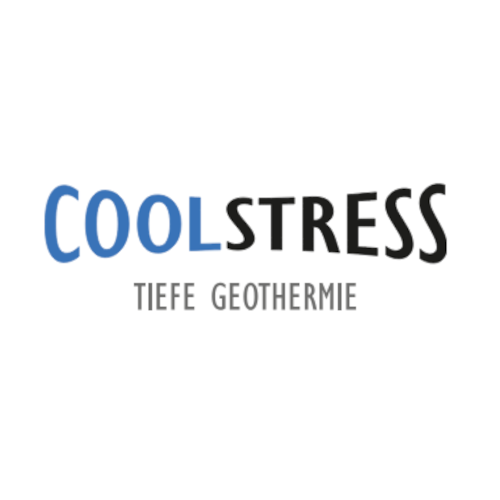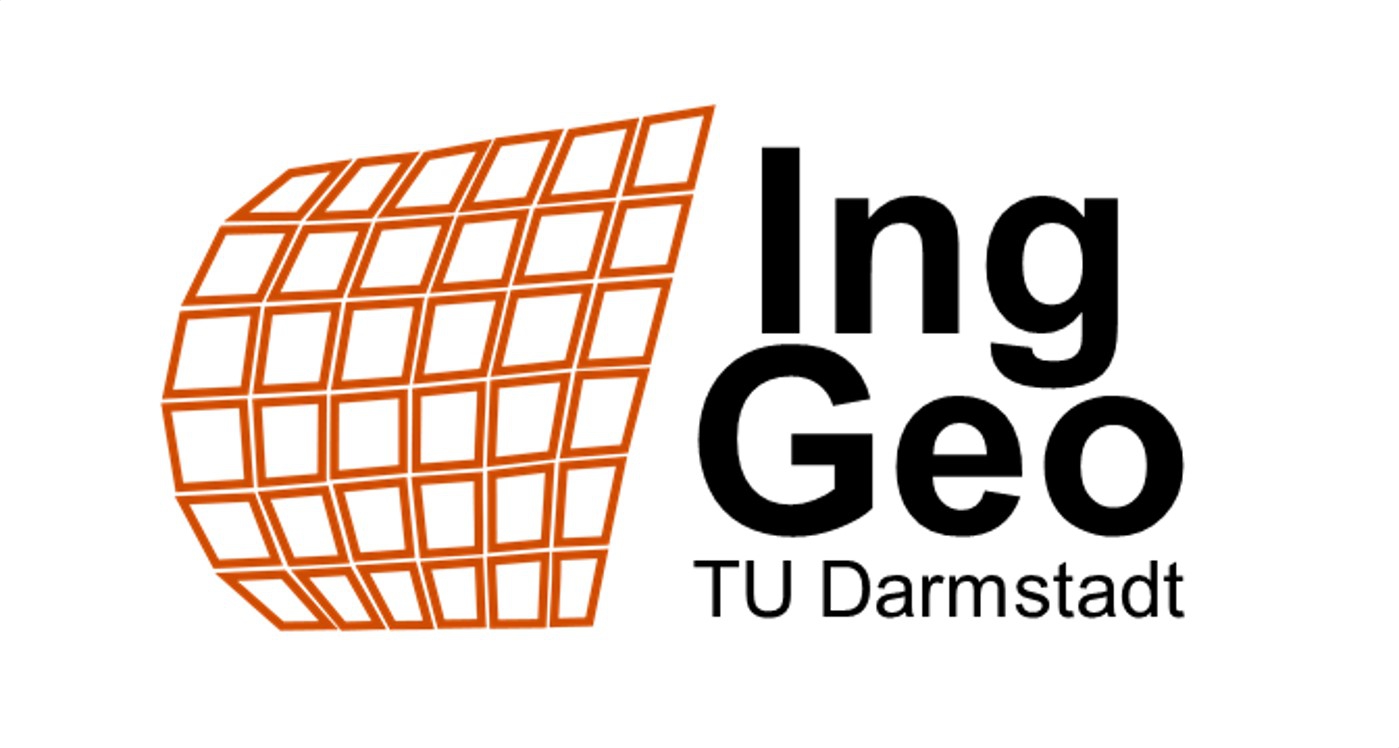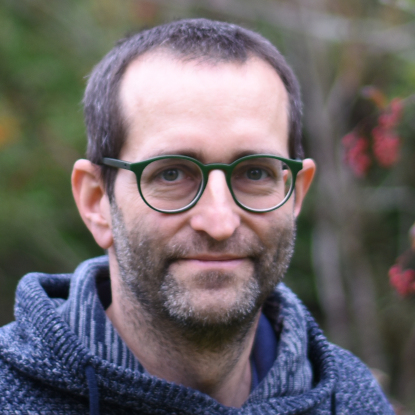The utilisation of deep geothermal reservoirs not only leads to a change in the pore pressure regime, but also to the long-term propagation of a cooling front. These changes in the stress state can lead to seismicity in or around the reservoir. However, the seismicity currently observed is lower than expected. In practice, there appears to be a gradual reduction in the thermally induced stress changes. The CoolStress project aims to investigate how thermally induced stresses develop over the course of production. Best practice recommendations for modelling thermal stresses in hydrothermal geothermal projects are to be developed. In general, thermally induced seismicity is to be better understood to ensure safe operation.






